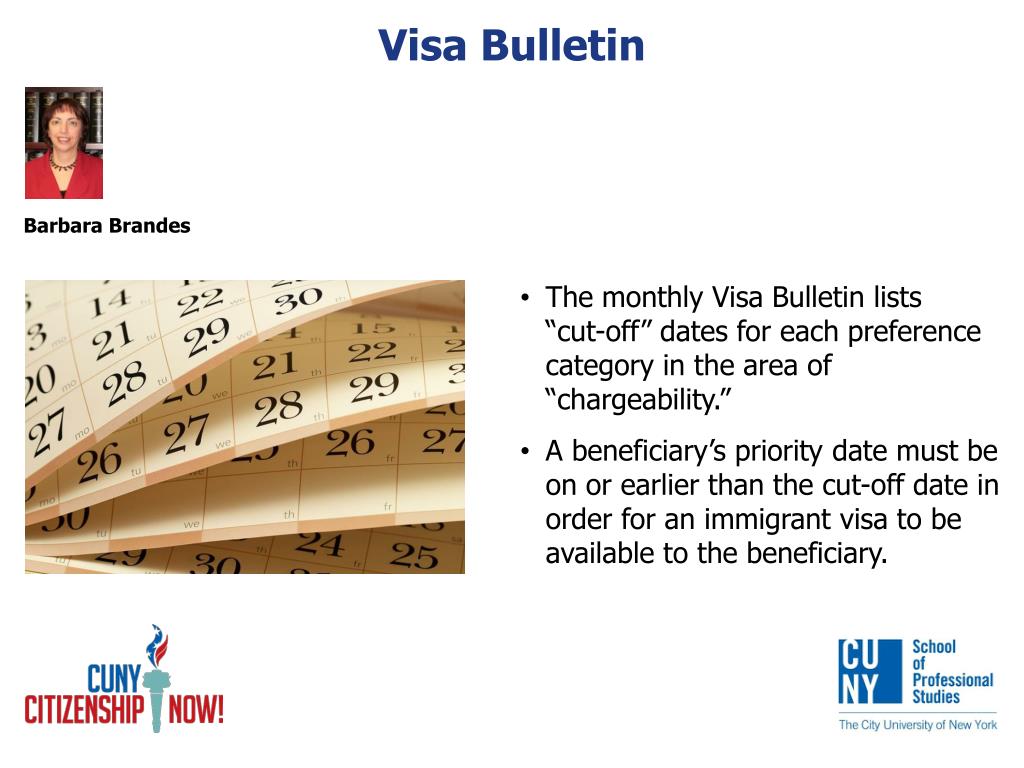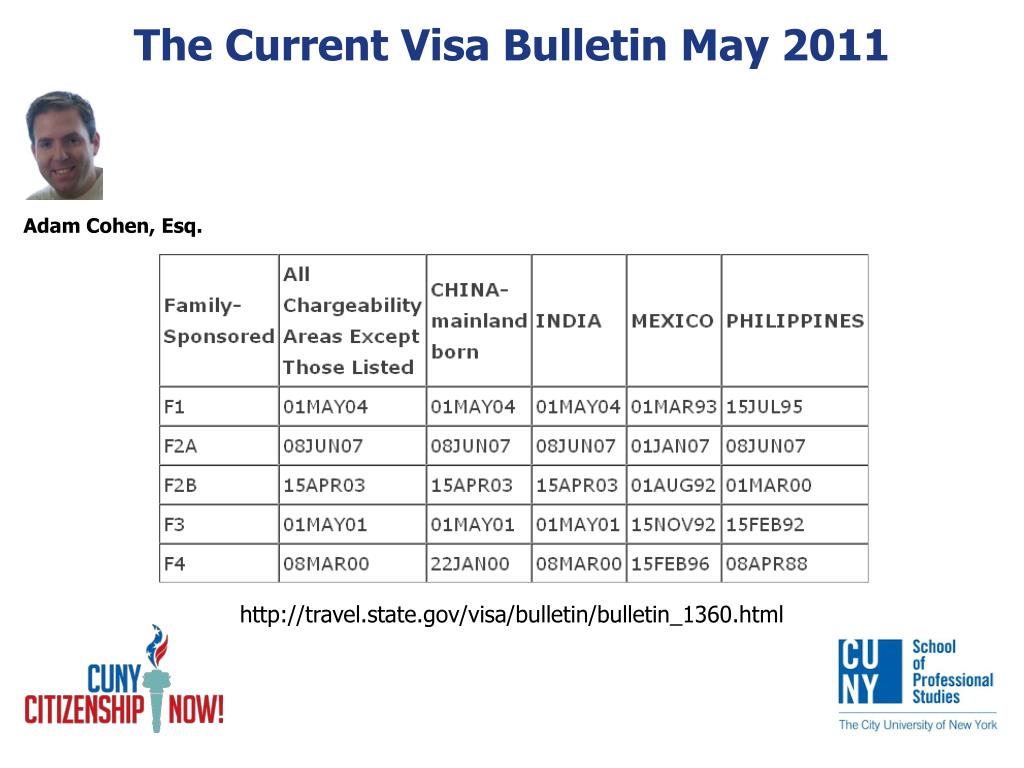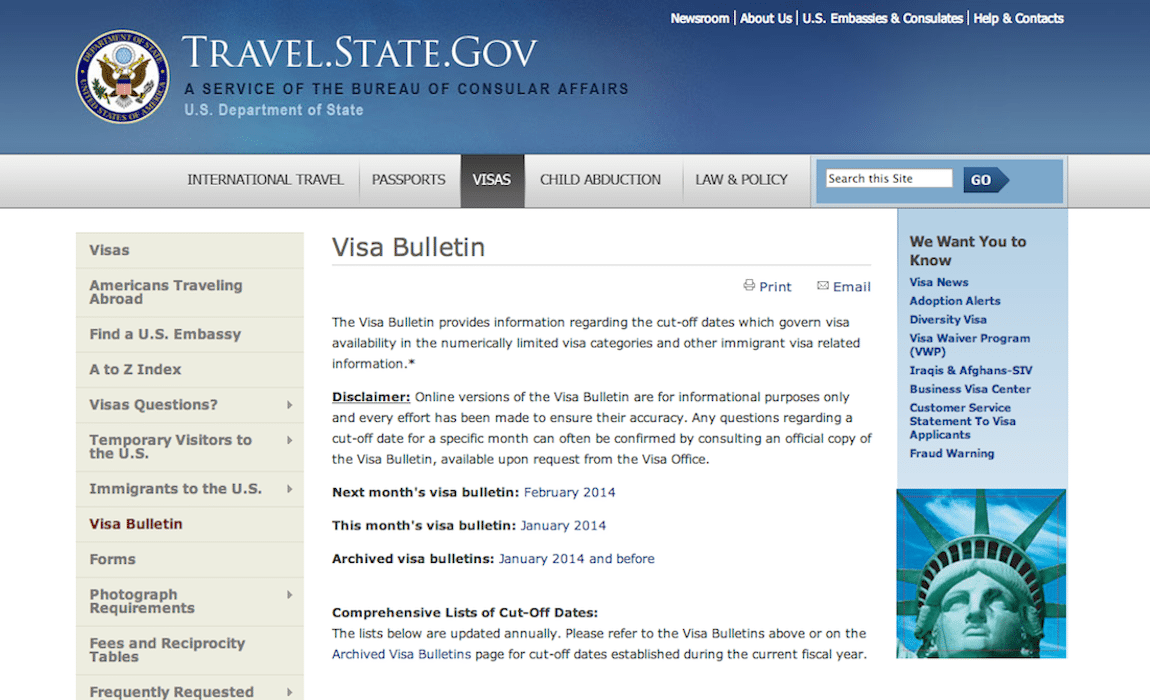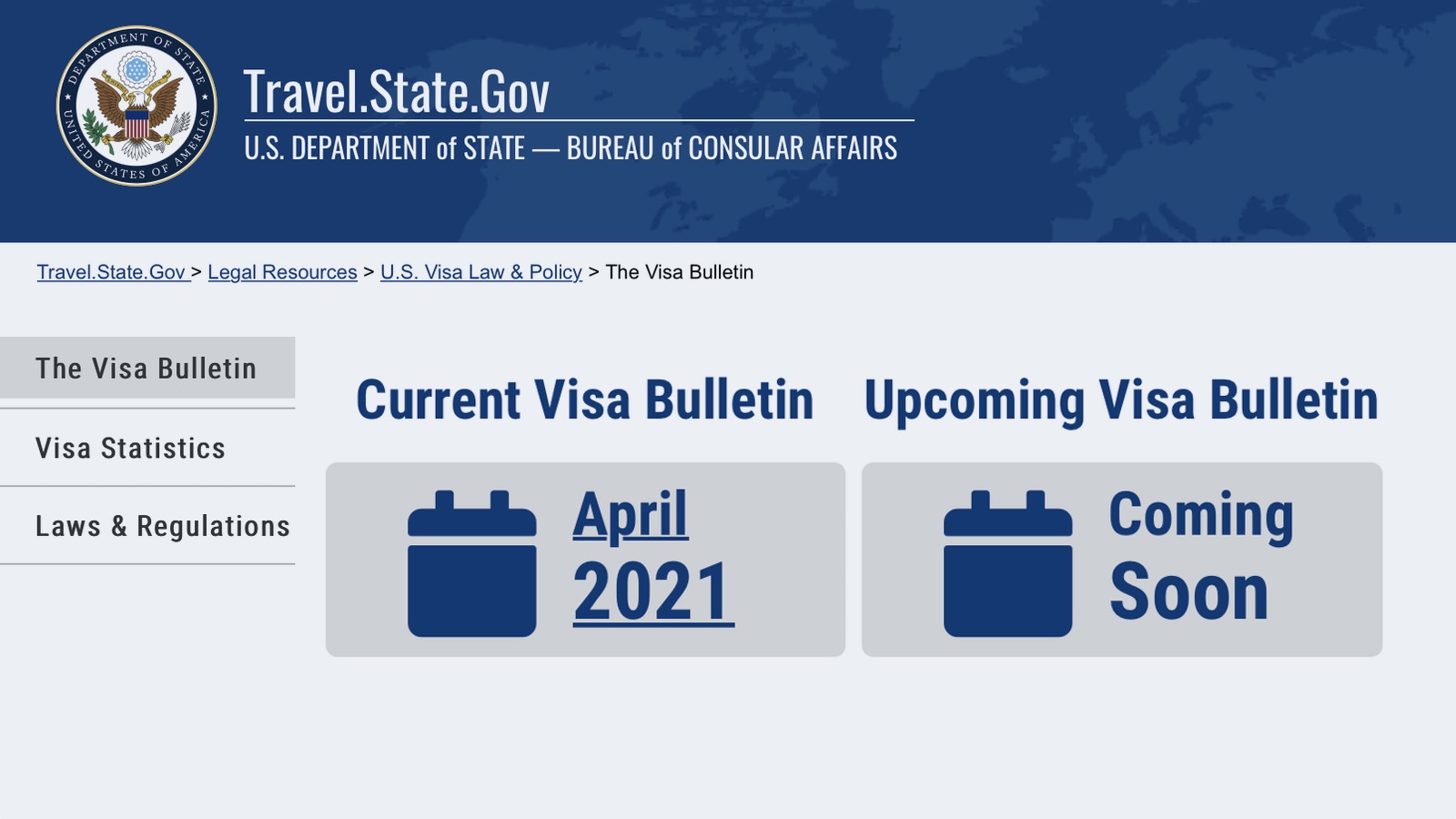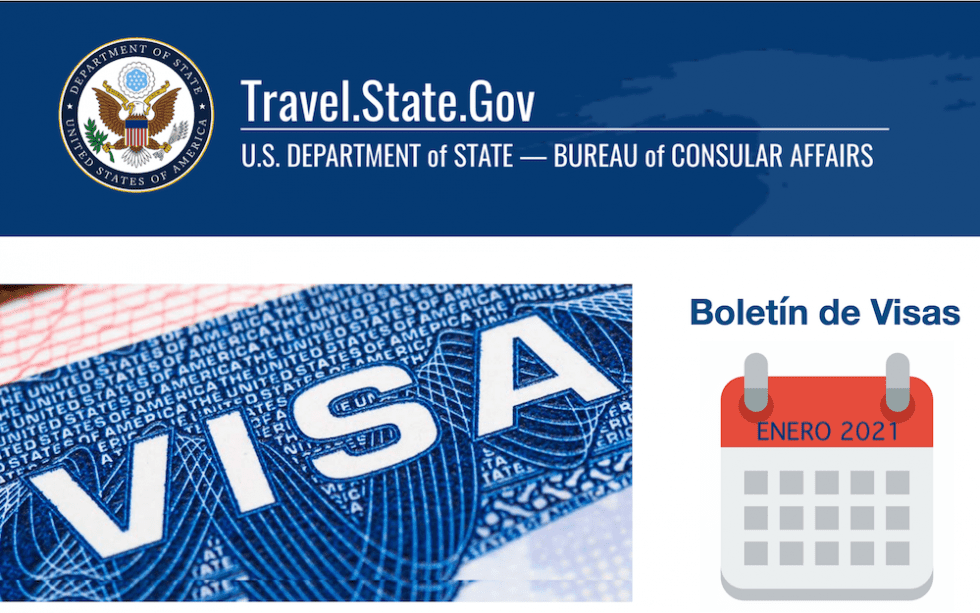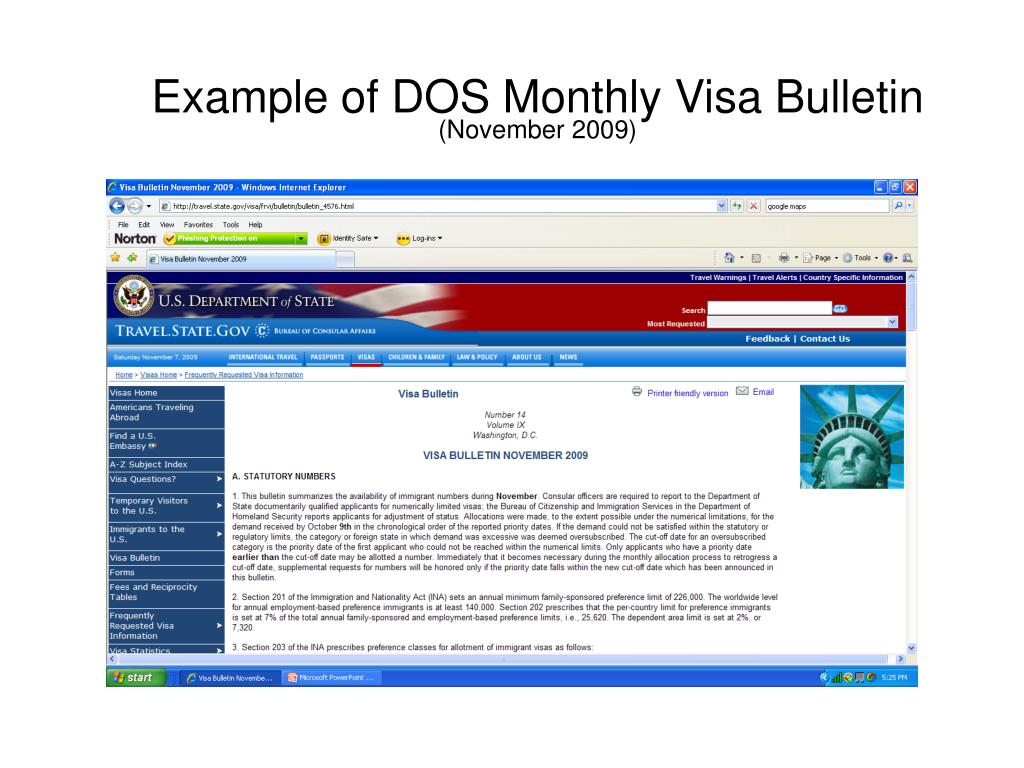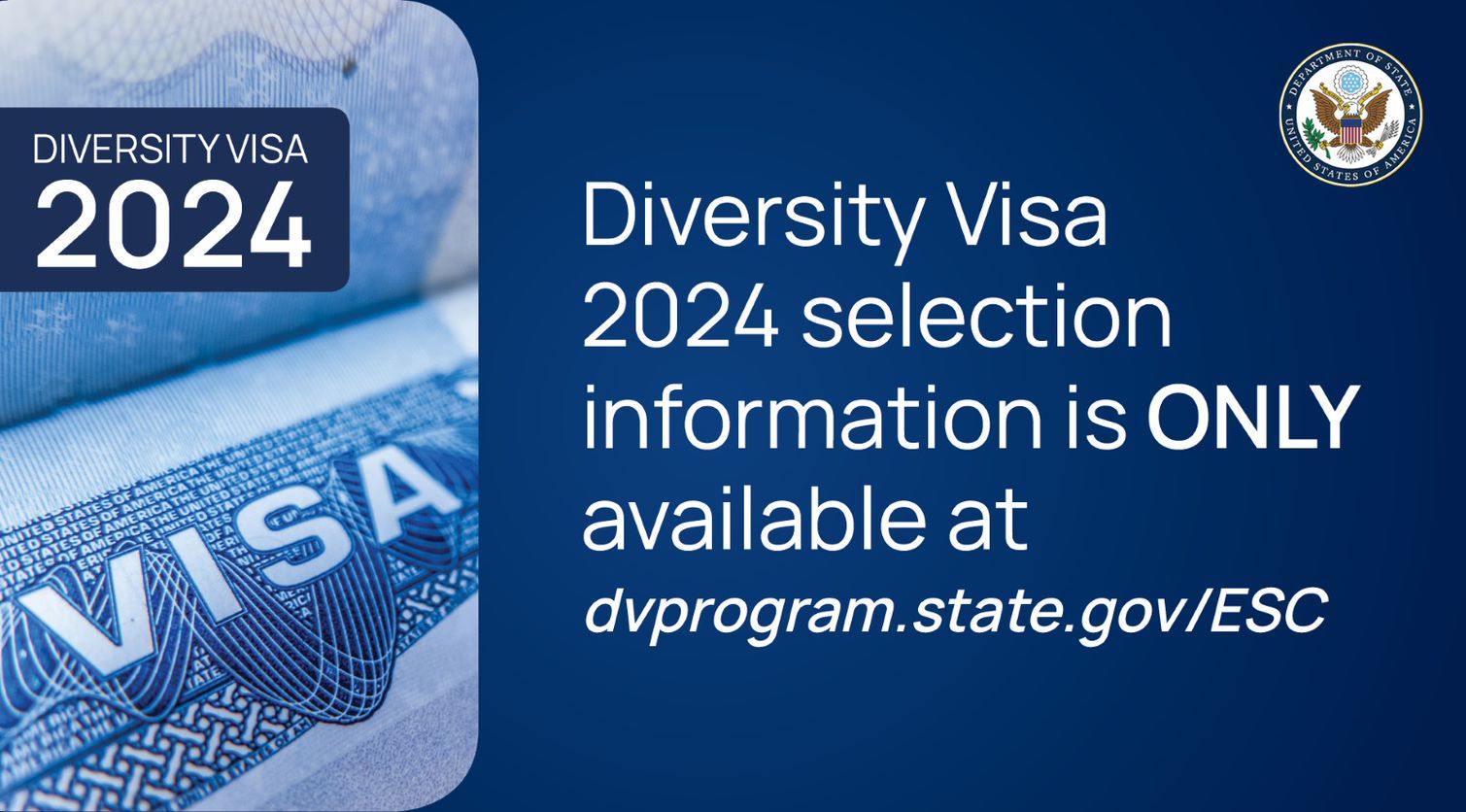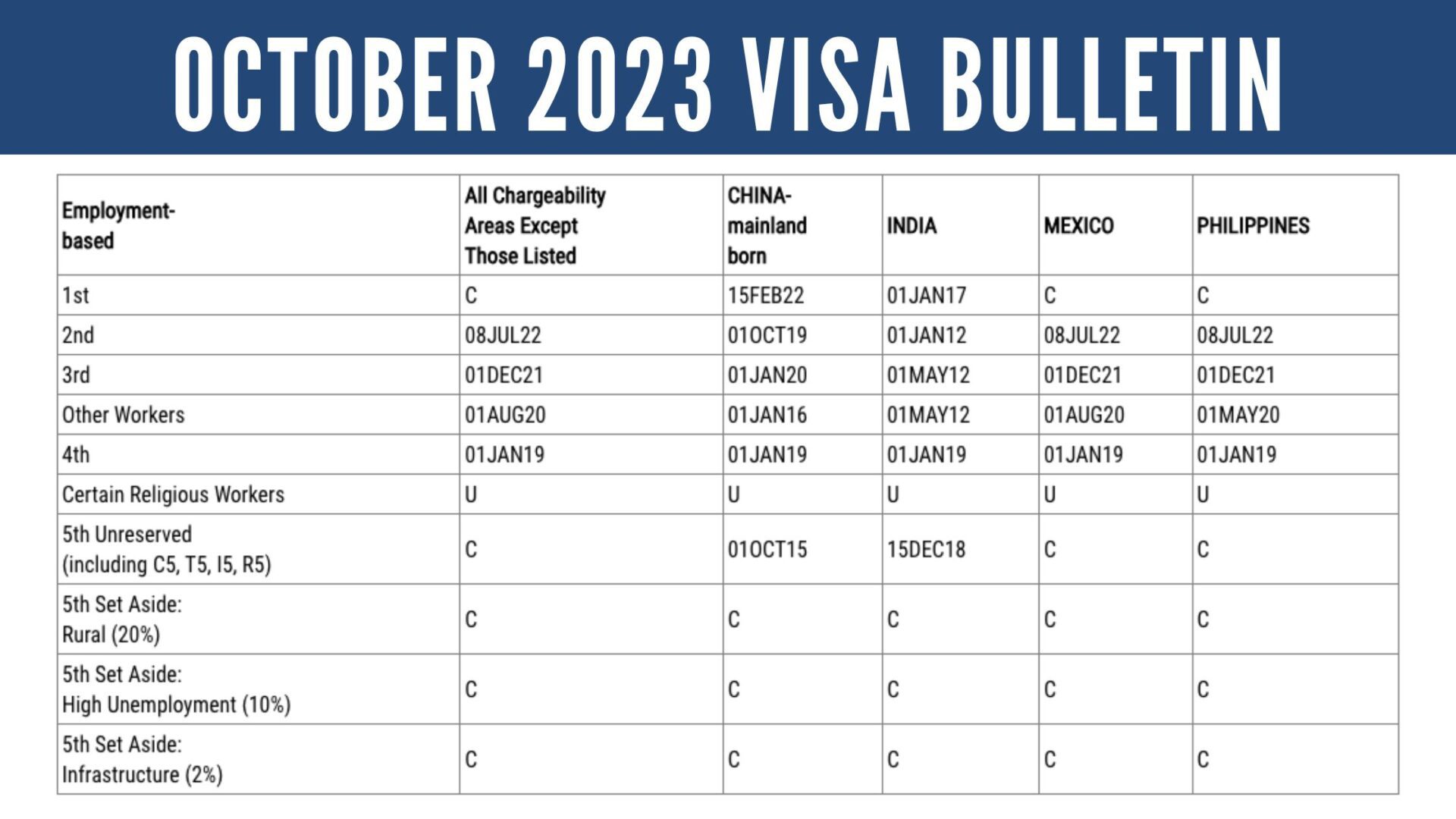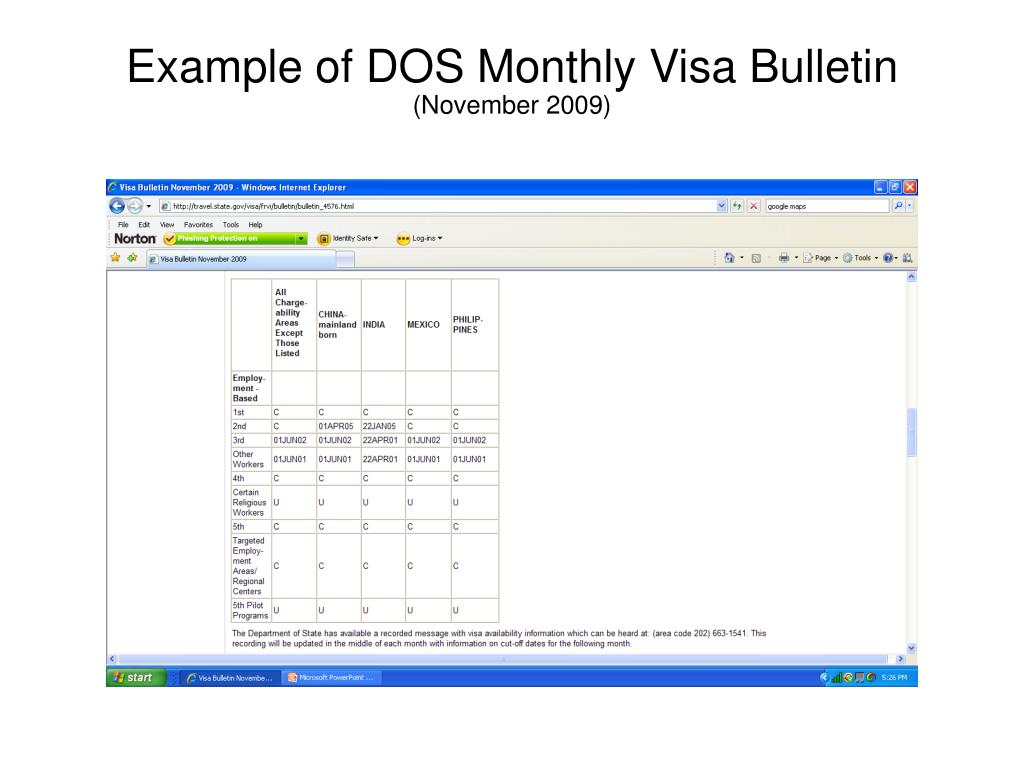T Http Travel State Gov Visa Bulletin Bulletin_1360 Html
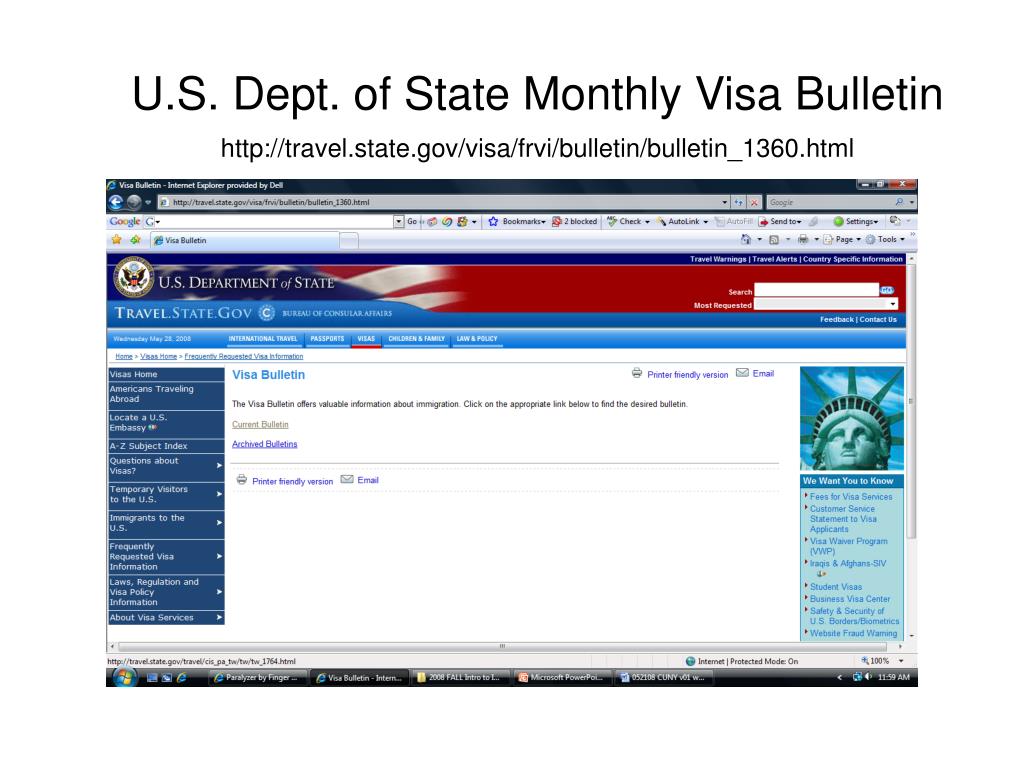
Imagine a world where dreams of reuniting with family, pursuing higher education, or embarking on a new career in a foreign land hinge on a single document: the visa. For many, this document represents more than just permission to travel; it's a symbol of hope, opportunity, and a future yet to be written.
Every month, the U.S. Department of State releases the Visa Bulletin, a vital report that dictates the availability of immigrant visas, essentially acting as a roadmap for individuals navigating the complex U.S. immigration system. Understanding this bulletin, particularly its implications for various preference categories and countries, is crucial for aspiring immigrants and their families.
What is the Visa Bulletin?
The Visa Bulletin, officially titled T Http Travel State Gov Visa Bulletin Bulletin_1360 Html, is a monthly publication from the State Department that outlines the availability of immigrant visas. It essentially dictates when individuals with approved immigrant visa petitions can move forward with their application process.
The bulletin assigns cutoff dates for different visa categories and countries, signaling when applicants can expect to receive an interview or final decision on their case. Think of it as a queue, carefully managed to ensure that visas are allocated according to legal limits and priorities.
Understanding Preference Categories
The Visa Bulletin is organized by preference categories, reflecting different relationships and skills-based immigration pathways. These categories are prioritized based on family connections (e.g., spouses, children, siblings of U.S. citizens or lawful permanent residents) and employment skills (e.g., individuals with exceptional abilities, skilled workers, investors).
For example, the Family-Based Preference categories prioritize immediate relatives of U.S. citizens (unlimited visas) and other family members subject to annual limits. The Employment-Based Preference categories prioritize those with specific skills and qualifications needed in the U.S. labor market.
How it Impacts Applicants
The cutoff dates published in the Visa Bulletin determine when an applicant can finalize their immigration process. If an applicant's priority date (the date their petition was filed) is earlier than the cutoff date listed for their category and country of origin, their visa is considered "current."
When a visa is current, the applicant can proceed with the final stages of their application, such as submitting required documents and attending an interview at a U.S. embassy or consulate.
Background and Significance
The Visa Bulletin's significance lies in its role as a gatekeeper for U.S. immigration. It reflects the demand for visas in various categories and provides a realistic timeline for applicants to anticipate their immigration journey.
Navigating the U.S. immigration system can be overwhelming, and the Visa Bulletin offers a crucial tool for understanding where an applicant stands in the process. It also helps immigration attorneys and organizations advise their clients on potential delays and plan accordingly.
Changes in cutoff dates can have a significant impact on families and individuals awaiting visas. A sudden shift can mean a delay of months or even years, affecting life plans and creating uncertainty.
Staying Informed
For those navigating the complex world of U.S. immigration, staying informed about the Visa Bulletin is paramount. Regularly checking the U.S. Department of State's website for updates is essential.
Consulting with an experienced immigration attorney can also provide valuable guidance and support in understanding the bulletin's implications for a specific case. Many organizations offer free or low-cost legal services to immigrants and refugees.
The Visa Bulletin, while seemingly technical, embodies the human stories of countless individuals pursuing their dreams in the United States. It's a reminder that immigration is not just a matter of policy and law, but a deeply personal journey fueled by hope, resilience, and the desire for a better future.
